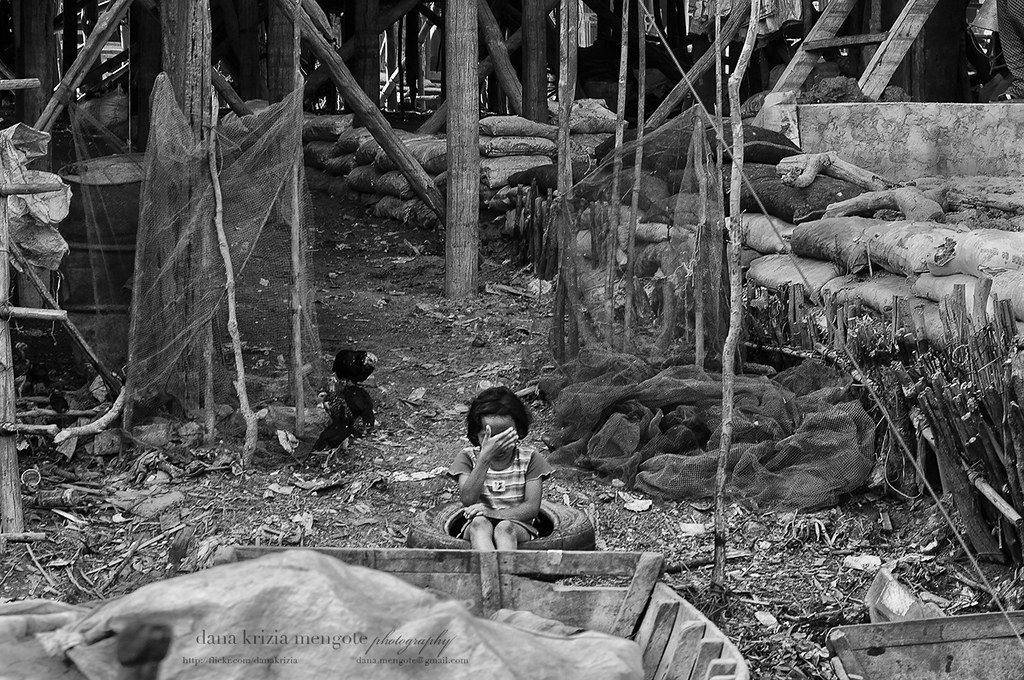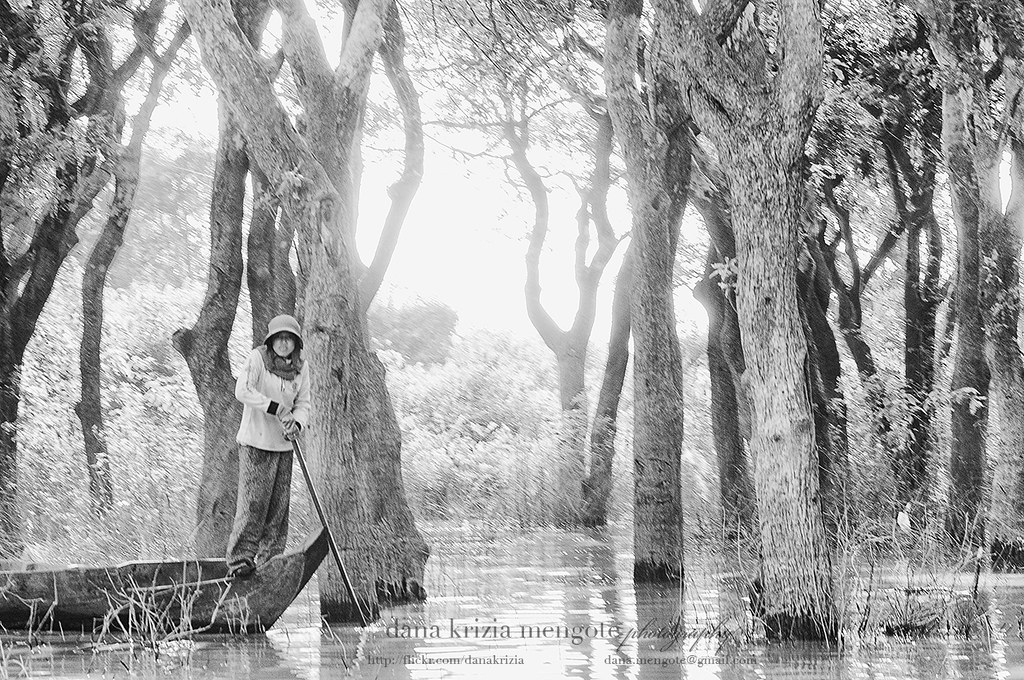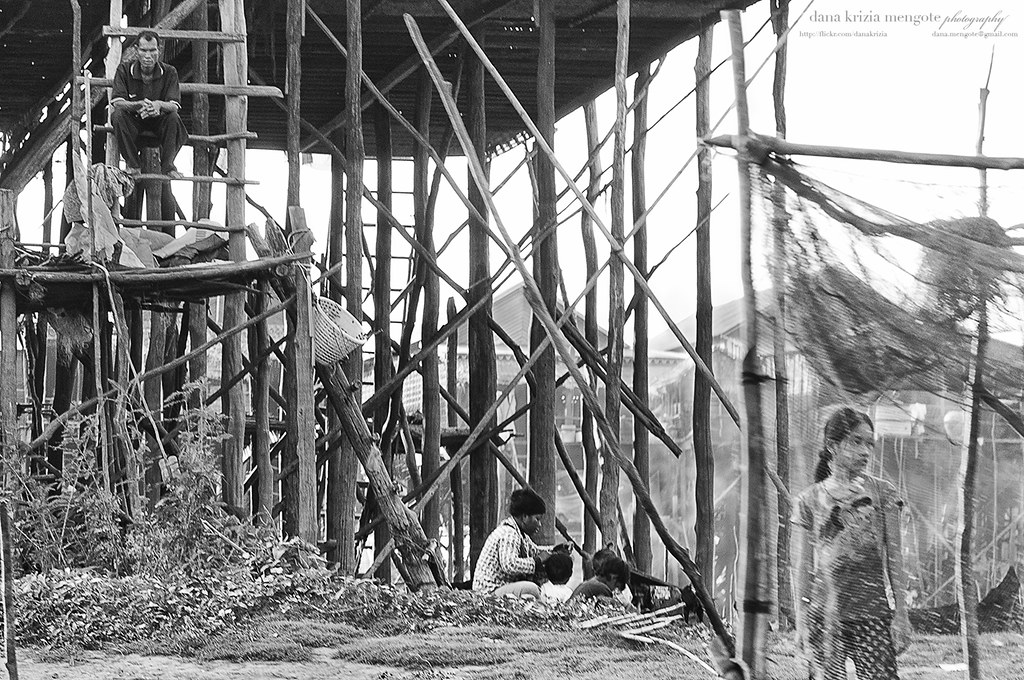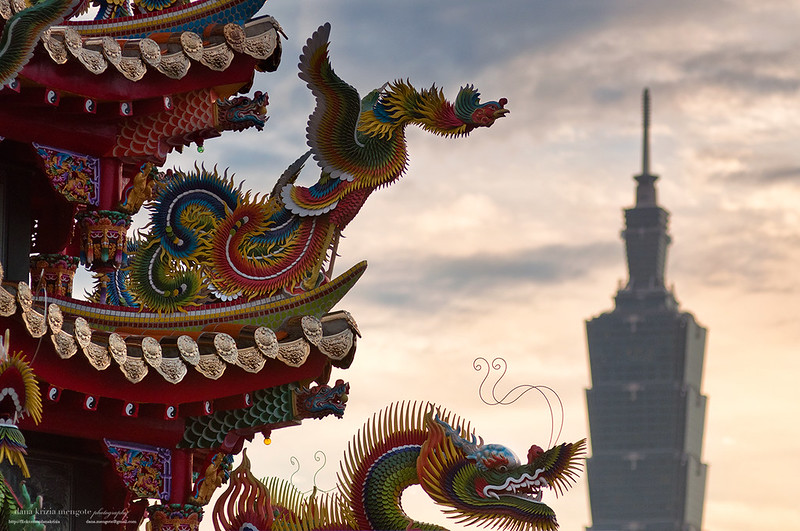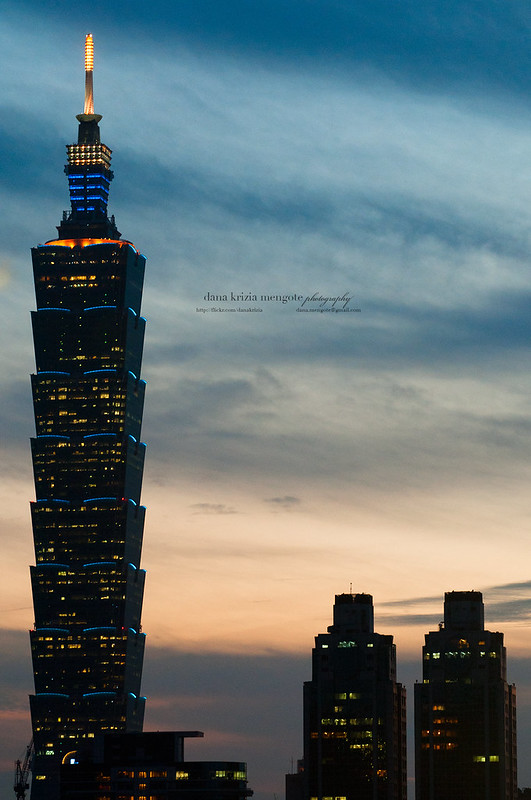We
toured one of the most interesting places we've been in. Officially
known as the "Kingdom of Cambodia" (Kampuchea), Cambodia is famous for its temple ruins, particularly the Angkor Wat, which is known as the largest religious temple in the world. Cambodia's temples have actually been featured in several films, including 1984's The Killing Fields, and more recently, 2011's Tomb Raider. It was also the inspiration for the popular game Temple Run.
We visited the quiet yet charming town of Siem Reap, located in northwestern Cambodia. It was an exciting and thrilling time for us because visiting Cambodia felt like a true temple explorer adventure. Cambodia's history is colored with numerous wars and revolts, making a once majestic country now a country of ruins--ruins that have become a source of livelihood to locals.
Airport
 |
| Siem Reap International Airport Departure Area |
We arrived Siem Reap International Airport at around 10pm via Cebu Pacific. Their airport was relatively small and old. Luckily, we arrived at a lean hour.
After having our passports processed, we claimed our luggage and exited the terminal.
There are booths right outside the airport that sell local simcard. They sold simcards at dirtcheap prices (around $5), and getting one to contact your companions is advisable. You can also enjoy an hour or so of free 3G with any simcard bought.
 |
Photo courtesy of Agoda.com,
Venere.com, & Hotelcam.com |
Accommodation
We were greeted with warm smiles and cool drinks when we arrived at the hotel. We stayed at the
Khmer Cuisine Bed and Breakfast. The hotel was around 20 minutes from the airport, and they arranged for our pick-up. We were fetched by two tuktuks--motorcycles with carts at the back, which are basically similar to the Philippine's tricycle.
Their staff were very friendly and welcoming. The rooms were small, but clean and comfortable. The hotel is centrally located and is also only a $2 tuktuk ride (or a 15 minute walk) from the major shops in the area. If you wish to pray or attend mass, a small Catholic Church is located a few meters from the hotel.
The best part of our stay was that we only paid P570 per room! Since
the room is double occupancy, we only shelled out P285 per person! And
this came with a sumptuous breakfast of bacon, ham, eggs, bread, and
fruits. You may also request some rice if you feel like having some.
The hotel staff were really helpful, especially the front desk lady who
tells us that her grandmother is Filipina.
The hotel staff also assisted us in booking Tuktuks and vans for our tour. It is best to let them organize the trip so they can ensure that the transport you rent do not overcharge you.
Getting Around
 |
| Photo from http://angkorwattuktuk.com |
The best way to get around is via tuktuk. A tuktuk is a motorcycle rickshaw that can comfortably seat 3-4 people on the cart on its rear.
A tuktuk ride within the city only costs $2. Sometimes, drivers may charge you more depending on the length of the trip. It is best to ask the hotel how much the standard rate is for the distance you'd be traveling so you would know if you are being overcharged.
What to Wear
It gets extremely hot in Cambodia, so light cotton clothing are advisable. We were literally dripping with sweat every day! A hat and a small towel will come in handy. Tourists may wear anything, but some temples have strict dress codes, so it's best to bring a scarf to cover yourself.
Temples
The hotel provided us a pricelist of their tours, which is much cheaper than the ones offered outside. Their big tour and small tour are actually adjustable, depending on your needs. Most tuktuk drivers speak English, so there's no point in hiring a tour guide. The tuktuk drivers were very much willing to share their knowledge about the temples. They will not, however, be able to enter the temples with you because only government-accredited tour guides are allowed to accompany tourists inside the temples.
We chose the small tour which included the famous Angkor Wat and several lesser-known but equally-majestic temples. We visited the Angkor Wat, Angkor Thom, Prae Rup, and Ta Prohm. We also visited Beng Melea and took a boat trip around the Tonle Sap Lake.
Angkor Wat
To catch the famous silhouette shot of the Angkor Wat, you must arrive and enter the park premises really early. Be prepared to pay a little extra because the sunrise and sunset trips of the tuktuks come with an extra cost (see above price chart).

We attempted to shoot the Angkor Wat twice. On our first attempt, we arrived just a little bit before sunrise--only to find out that there's no more space to place our cameras and tripods because of the flock of tourists that are also waiting to shoot the temple.
On our second attempt, we arrived around two hours before sunrise. We were one of the first few to arrive and we were able to find us a nice spot.
While waiting, we were amused by the nearby store owners who introduced themselves as "Manny Pacquiao", "Lady Gaga", etc. to be able to attract customers. We succumbed and ordered hot coffee with milk to drink while waiting for the sunrise. These storeowners would gladly point you to the best shooting spot if you promise to have your breakfast in their store. They have an array of choices which includes rice, breads, coffee and juices.
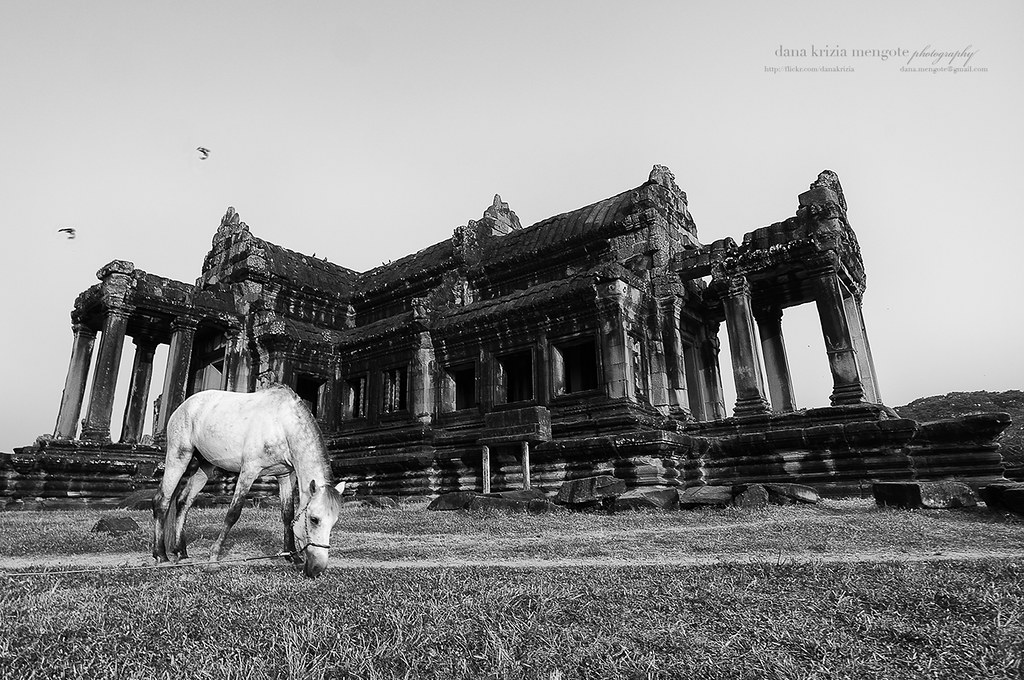
After shooting the sunrise and having breakfast, we proceeded to walking inside and around the Angkor Wat.
The remnants of what used to be a huge empire is simply astounding. The design is so complex and carries so much history. In my opinion, photographing it in black and white better shows the drama of the crumbled temples.
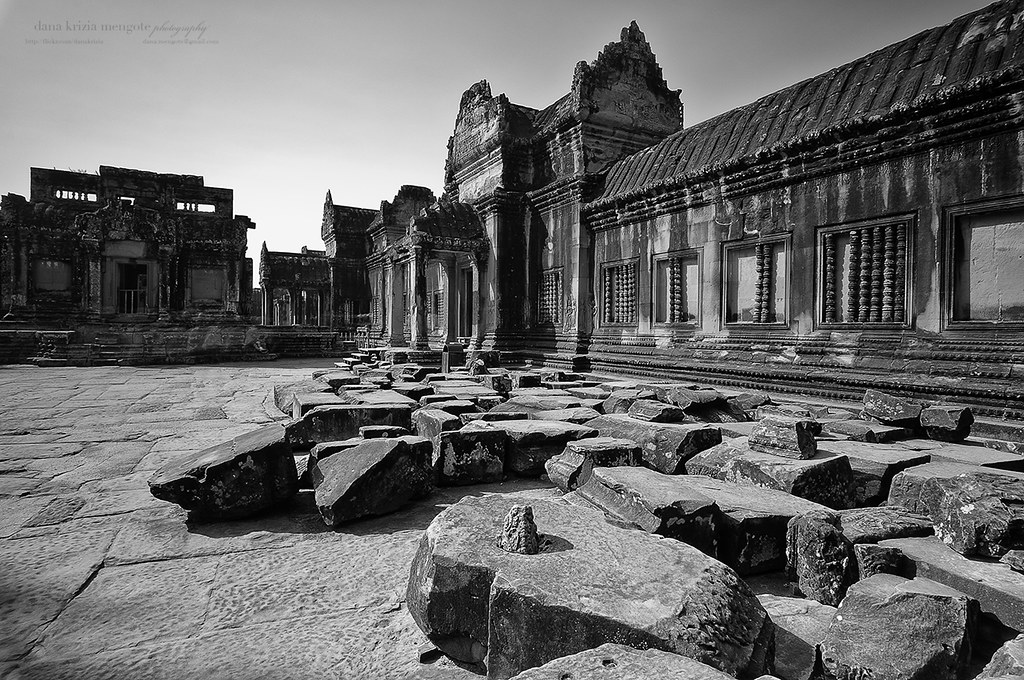
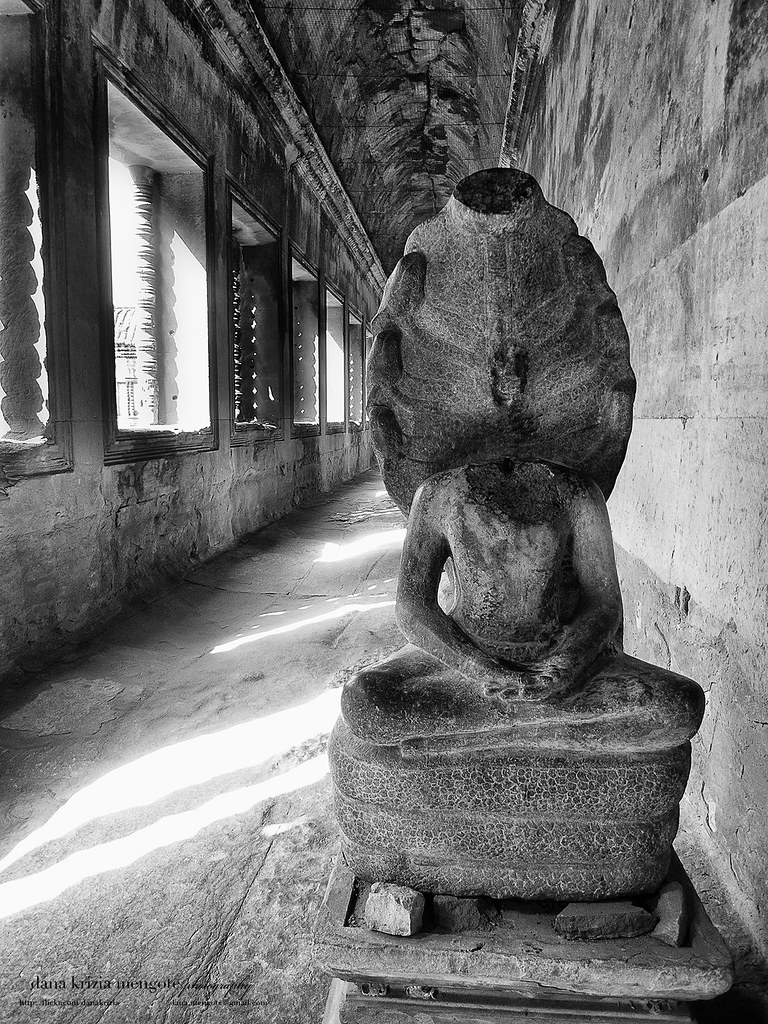
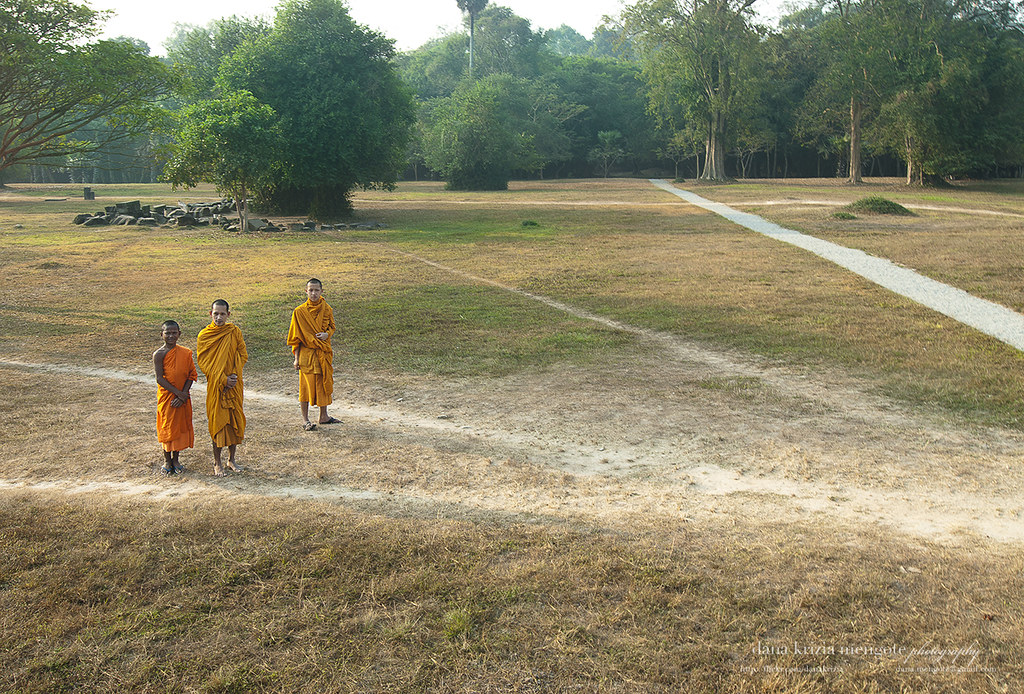
According to the guidebooks, The Angkor Wat initially started as a Hindu temple, but was subsequently changed to become a Buddhist temple. This is the reason why many of the Hindu gods that are on display inside the temple are headless, because the Buddhist did not tolerate the existence of Hindu idols inside the temple.
Buddhist monks may also be seen walking around the temple grounds.
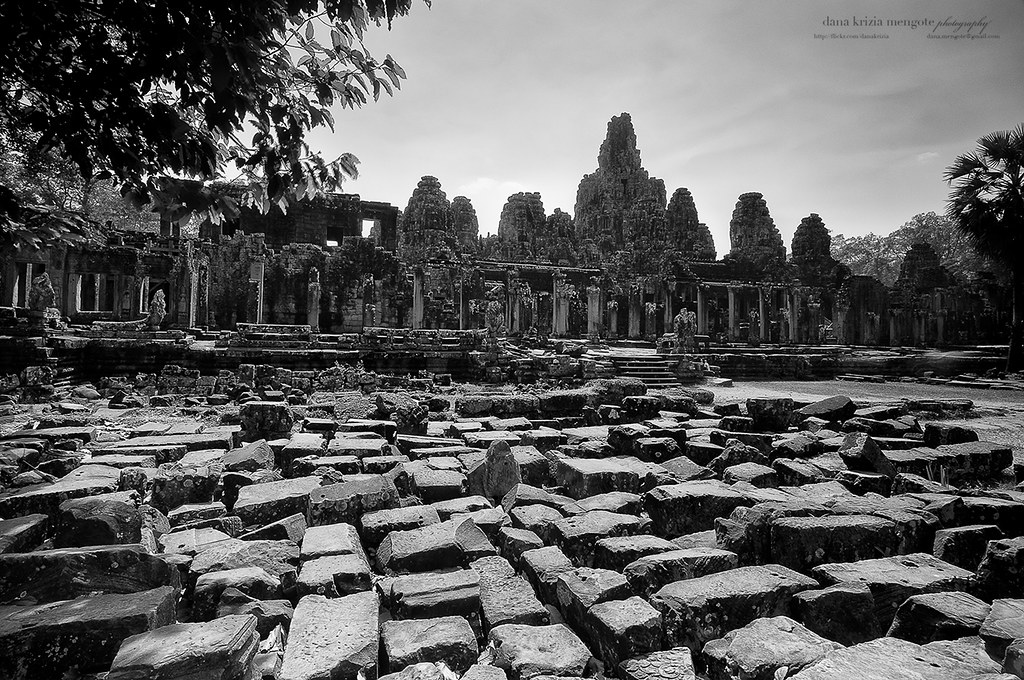 Angkor Thom
Angkor Thom
Angkor Thom is the last and most enduring capital city of the Khmer Empire
(Wikipedia.com). This one of the temples that were featured in the Hollywood movie Tomb Raider. You will notice that its towers are actually giant heads watching the area.
Ta Prohm

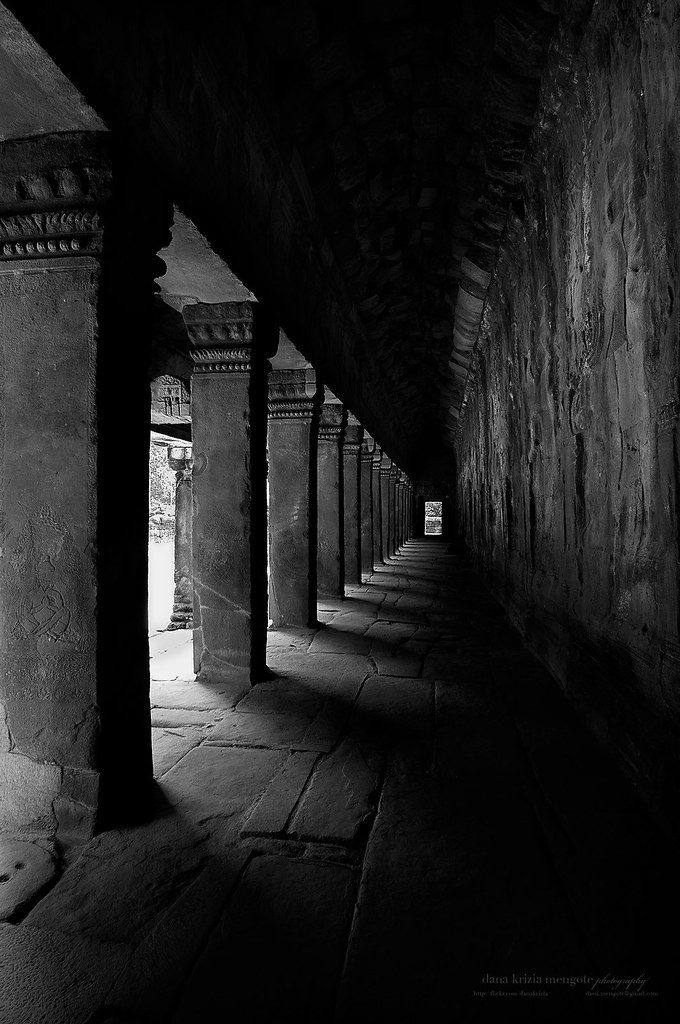
This temple is known for its creepy trees growing out of the ruins. It has also become widely popular because it was also featured in the movie Tomb Raider.
Tonle Sap Lake
We took a van and traveled for about an hour to the lakeside for our Tonle Sap Lake tour. Frankly speaking, there isn't much to see IF you are are there for sight-seeing. For photographers, however, it is a goldmine of culture and drama.
The lakeside community of Tonle Sap live in houses on stilts, similar to the ones found in the Philippines. The boatman tells us that these people are impoverished, and live a hand-to-mouth life.
We took photos from the boat--we weren't allowed to dock and go around the community because the boatman warned that the residents tend to mob tourists so that they can beg.
Shopping
Cambodia is a textile heaven, as the garment industry is one of its primary sources of income. The country boasts its fine silk, designed with historic motifs. Apart from this, Cambodia is also a producer of lacquerware, silverware, ceramics, and other forms of art.

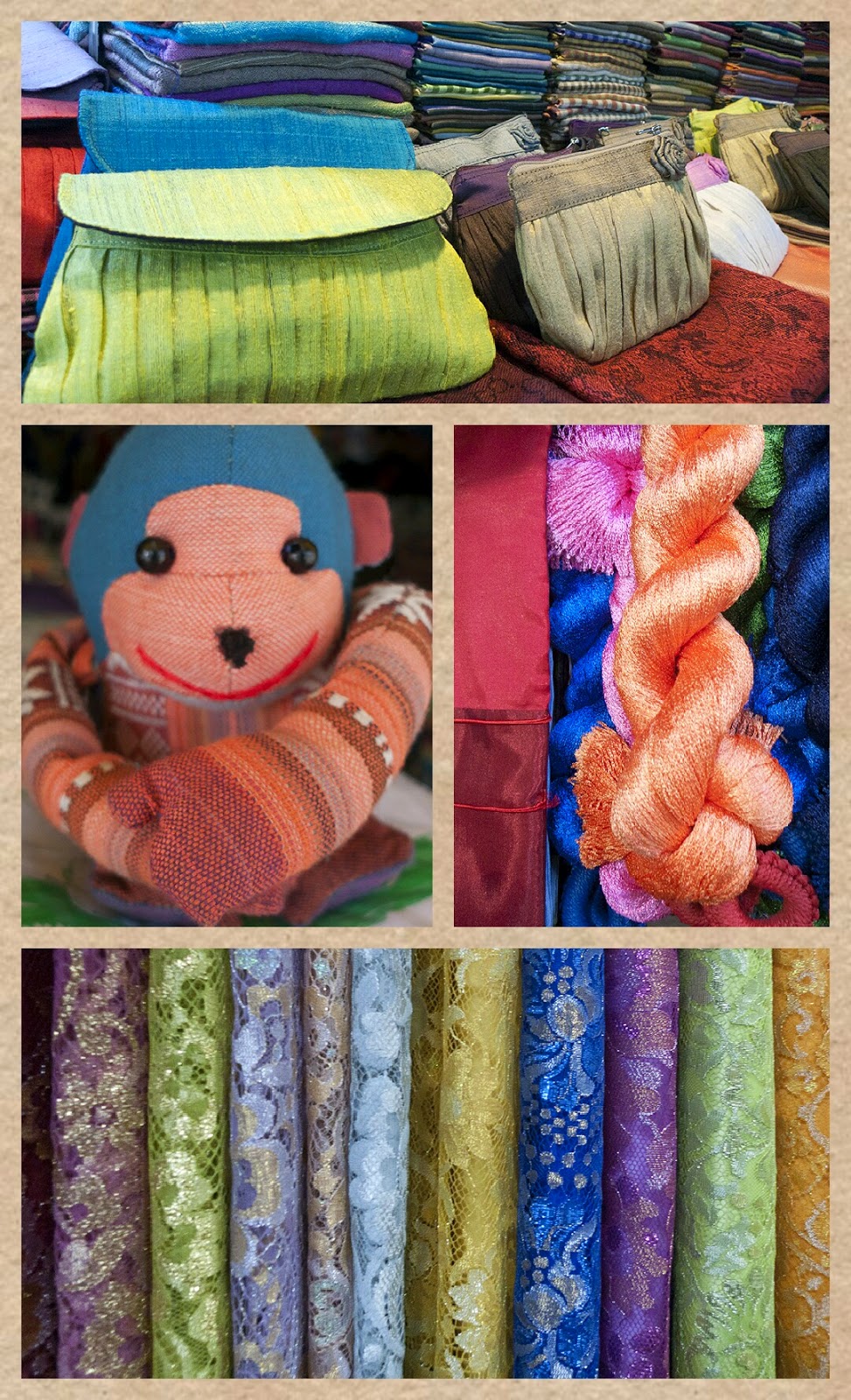
We visited the different shopping areas of Siem Reap and checked which places sold the cheapest merchandize. We first visited the famous Night Market, wherein each street was divided into specialties of products and services. There was a massage street, a a food street, and a textile street.


The cheapest place to buy products is in the Old Market, which is basically the same as the night market minus the lights and promotions. We went there at noon, which was a lull and slow period, and we ended up getting huge discounts. Be wary because different stalls might charge you different rates for the same product. It's best to walk around first and scout for the cheapest one before buying. Learn to haggle!
Shopping guide:
Scarf - $2-$6
Khmer Pants - $4-$6
Men's Khmer Shirts - $6
Food
Cambodian food is quite similar with its neighboring countries' food. It is, however, considered as one of the world's oldest cuisines. It is known for its fresh and simple dishes, with outstanding bursts of flavor from their use of different spices.
They have a wide array of seafood dishes, thanks to an abundant supply from the Mekong River and the Tonle Sap Lake. We sampled some of their famous Amok, which is probably their most popular dish. The Amok is a freshwater fish fillet with lemongrass, garlic, and lime steamed in coconut milk and egg.
Our hotel, the
Khmer Cuisine Bed and Breakfast serves fantastic food with a reasonable price, and was better than the ones we've tried outside. Their kitchen, however, closes at around 10pm so there's no chance to satisfy that midnight craving with some Cambodian food.
 |
| I don't look too happy |
Being the dauntless people that we were, we paid no heed to our driver's warnings and insisted on eating street food. The locals warned us that the street food in Cambodia is not clean, and may cause stomach problems. We walked around the town's streets and found a small stall that sells fried crickets, snakes, and spiders. We were feeling adventurous--but not too adventurous--so we tried out the fried crickets.
The crickets tasted like chicken, but the oil used tasted rancid. We tried eating one, took some pictures, and threw the whole bag out.
 |
Apsara Dance at the Koulen Restaurant,
Photo by Dinno Sandoval |
We also tried the buffet in
Koulen Restaurant which was highly recommended by our driver. Most tuktuk drivers know this restaurant, so just tell them where you're going and they will bring you there. It is best to arrive early, around 7pm, or book your seats in advance as the tables tend to get filled up quick. The food was relatively okay, and the place was a bit too crowded, but we had a great time watching Apsara dancers perform up front.
After the show, the dancers willfully posed for pictures with the guests. Their buffet costs only $12 for adults, $6 for children, and is free for kids under 3 years old.
Our Cambodia trip was one of the most tiring, yet most adventure-filled trips we've ever had. I highly recommend this trip to anyone who longs for a taste of history and culture, mixed with fun and excitement.
xoxo,
BVG
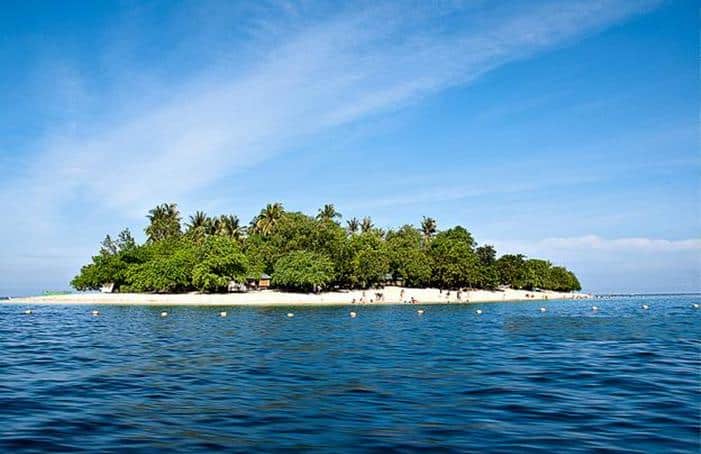
 Dawal serves sumptuous meals, and if you're planning a relaxed vacation then you could order your food from them and bring them to the island. But if you want that complete outdoor experience, you could grill something using Potipot's outdoor grills.
Dawal serves sumptuous meals, and if you're planning a relaxed vacation then you could order your food from them and bring them to the island. But if you want that complete outdoor experience, you could grill something using Potipot's outdoor grills.




















